Text





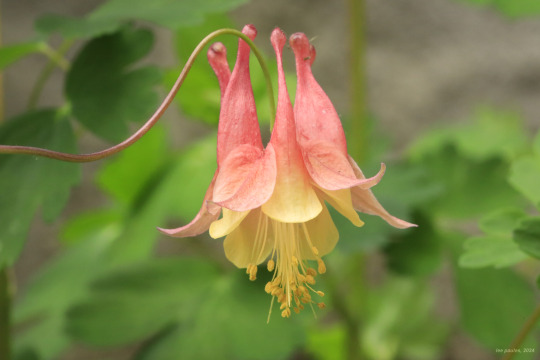
Update from the native wildflower beds: the creeping woodland phlox (Phlox stolonifera) is now in full, vigorous bloom. This graceful, shade-loving perennial has a mat-forming habit that makes it an ideal ground cover. The plant's hairy, red-tinged stems, which sport delicate, spoon-shaped leaves, spread freely and need an occasional manicure to keep them from taking over. Also in bloom are the heartleaf foamflower (Tiarella cordifolia) and eastern red columbine (Aquilegia canadensis), whose tall, elegant flowering stalks are producing masses of flowers (it must like the location). The wild geranium is also loaded up with flowers (photos to come).
#appalachia#vandalia#west virginia#wildflowers#flora#spring#native plants#native wildflower garden#creeping phlox#creeping woodland phlox#heartleaf foamflower#eastern red columbine
53 notes
·
View notes
Text

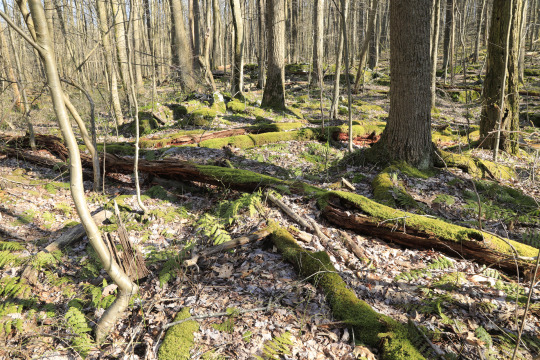
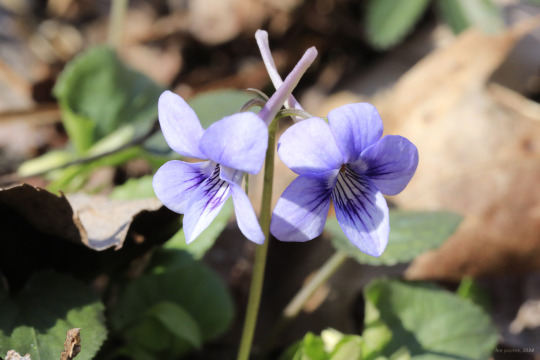
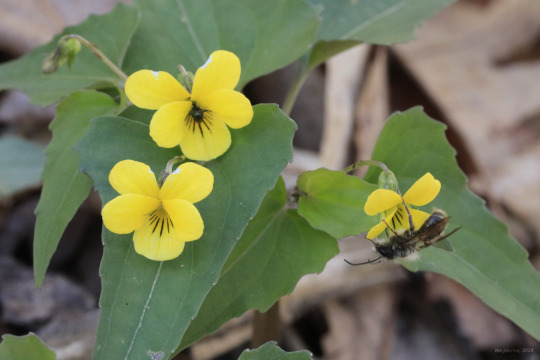
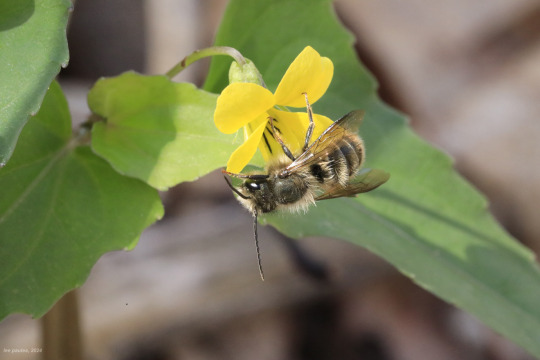

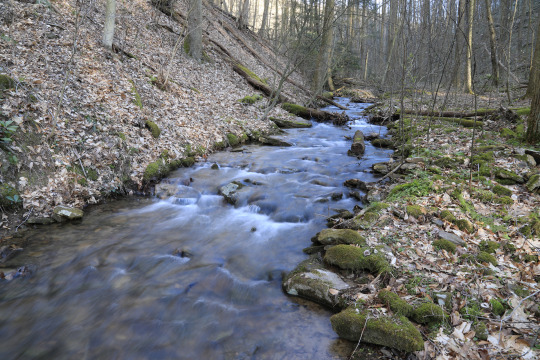
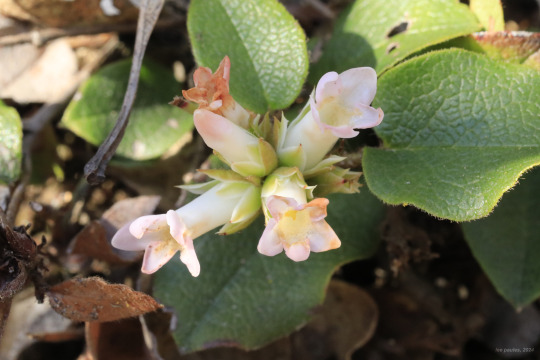
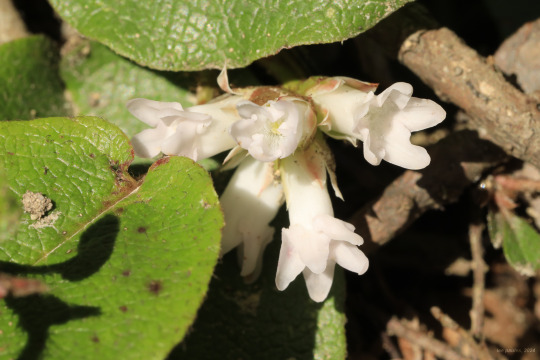
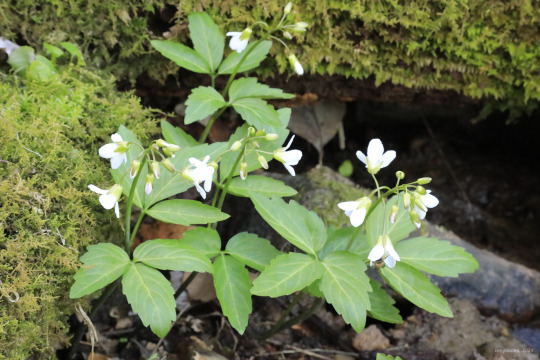
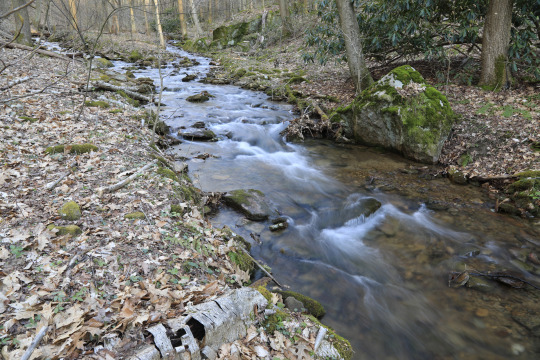
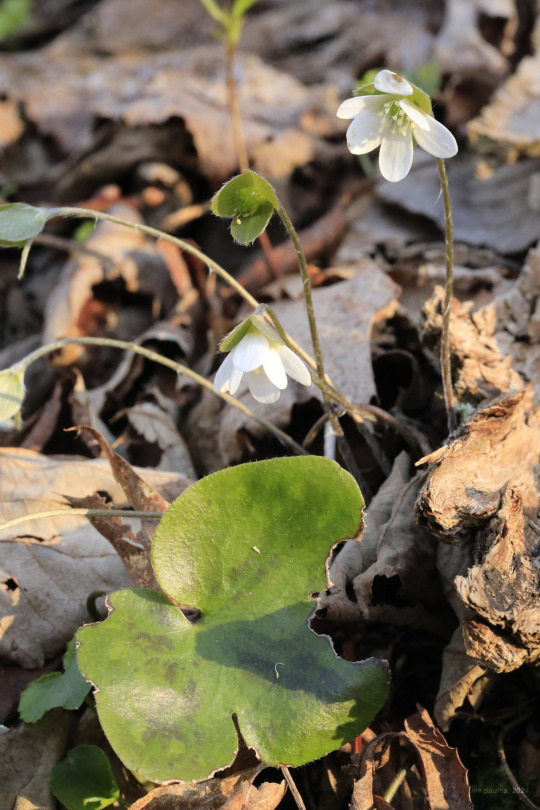
NC-WV is finally enjoying a dry, sunny spring weekend after weeks of near nonstop, flooding rain. That was all the incentive I needed to take my first long hike of the spring at Coopers Rock State Forest. The wildflower progression on top of Chestnut Ridge is running about 2 weeks behind that at lower elevations, but there were plenty of early spring beauties on display this afternoon. From top: Allegheny serviceberry (Amelanchier laevis); long-spurred violet (Viola rostrata); halberd-leaved yellow violet (Viola hastata); downy rattlesnake plantain (Goodyera pubescens); trailing arbutus (Epigaea repens), which is not herbaceous but a mat-forming, evergreen shrub in the health family; broadleaf toothwort (Cardamine diphylla), also known as two-leaf toothwort; and round-lobed hepatica (Hepatica americana), which prefers drier woods than sharp-lobed hepatica (Hepatica acutiloba), which I typically find growing on the rocky, calcareous slopes along the Monongahela River.
#appalachia#vandalia#west virginia#wildflowers#flora#spring#coopers rock state forest#chestnut ridge#allegheny serviceberry#long-spurred violet#halberd-leaved yellow violet#downy rattlesnake plantain#trailing arbutus#broadleaf toothwort#two-leaf toothwort#round-lobed hepatica
86 notes
·
View notes
Text


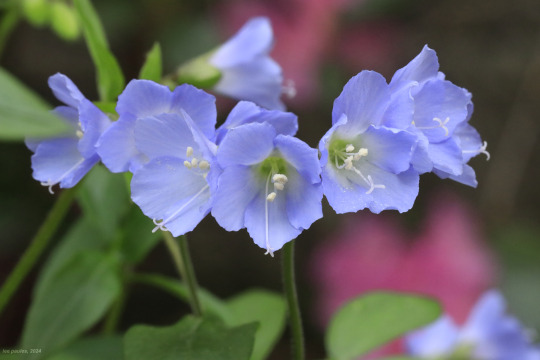









Update on the native wildflower shade garden . . .
Since my last post about the sharp-lobed hepatica several weeks ago, the wildflowers in the shade garden have made a significant push. All of the live plants I put in the ground last fall have made it through the winter, and many of the seeds I planted have germinated and sprouted. Quick survey:
Top: the spreading Jacob's ladder (Polemonium reptans) is mounding beautifully and positively dripping with violet-blue, bell-shaped flowers. The plant lures many pollinators, including bees, flies, butterflies, moths, and beetles. And that foliage is so lush and green . . .
Next one: woodland stonecrop (Sedum ternatum) has established itself in the nooks and crannies of one of my rock features and is getting ready to bloom.
Next two: although the sharp-lobed hepatica (Hepatica acutiloba) has nearly finished blooming, the real joy starts for me when the leathery, thrice-lobed leaves with their often deeply-variegated patterns begin to unfold. This is flat-out one of the most unique and gorgeous wildflowers of North America.
Next one: creeping woodland phlox (Phlox stolonifera) makes for an enchanting ground cover and will spread quite rapidly in the right conditions. I have strong feelings for all the native phlox species, but this one has stolen my heart. It's native to a narrow strip of the Appalachian Mountains from Georgia to Pennsylvania. In the spring around here, it absolutely lights up streambanks with its dainty pink to rose-colored flowers.
Next one: dwarf-crested iris (Iris cristata) is another lovely groundcover but beware - it spreads like wildfire. The lavender and yellow to orange-crested flowers are a treasure to behold from late April to early May. And its arrow-like foliage provides much-needed contrast in the garden.
Next: among the seeds I planted, the yellow pimpernel (Taenidia integerrima) is making the strongest push. The plant produces yellow-flowered umbels similar to golden Alexanders and is a high-value nectar source for many pollinators. It's also the host plant for the black swallowtail and Ozark swallowtail butterflies.
Next two: anyone who visits this Tumblr regularly needs no introduction to heartleaf foamflower (Tiarella cordifolia), my unofficial poster child for Appalachian spring. I simply would not have a native wildflower garden without it. One of my foamflowers is a hybrid (sugar and spice) cultivated for its deeply dissected leaves and intense variegation.
Last (but not least): my eastern red columbine (Aquilegia canadensis) pretty much takes cares of itself - it's one of the best starter wildflowers for beginner gardeners, hardy and undemanding. But man, does it produce loads of beautiful red and yellow, bell-shaped flowers.
#appalachia#west virginia#vandalia#flora#spring#native wildflowers#shade garden#native wildflower garden#spreading jacob's ladder#woodland stonecrop#sharp-lobed hepatica#creeping woodland phlox#dwarf-crested iris#yellow pimpernel#heartleaf foamflower#eastern red columbine
41 notes
·
View notes
Text
Good news for nature enthusiasts in the Mid-Atlantic region. We now have even more of this already special place to celebrate.
#appalachia#west virginia#vandalia#special places#the nature conservancy#bear rocks preserve#allegheny mountains#dolly sods#conservation
34 notes
·
View notes
Text

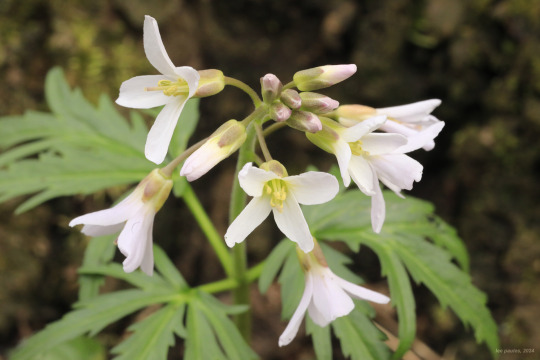

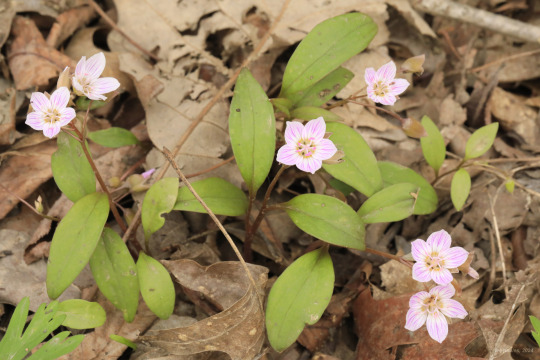
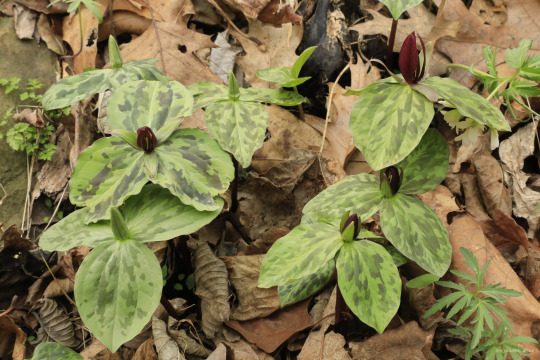


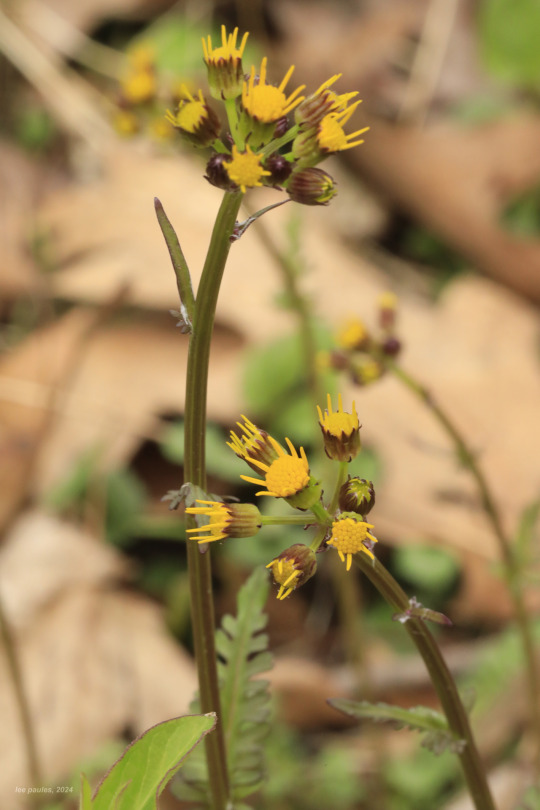


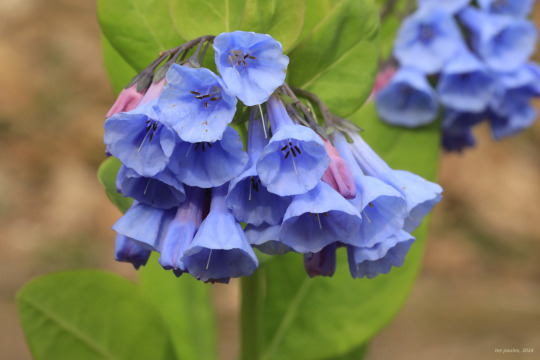
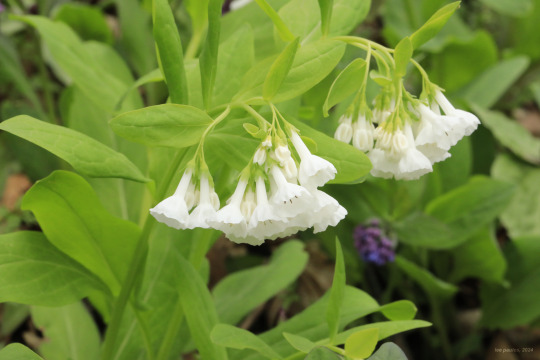

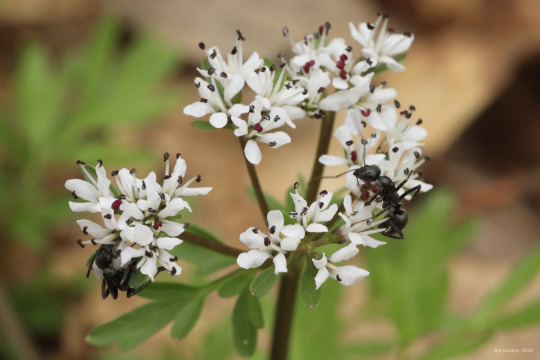


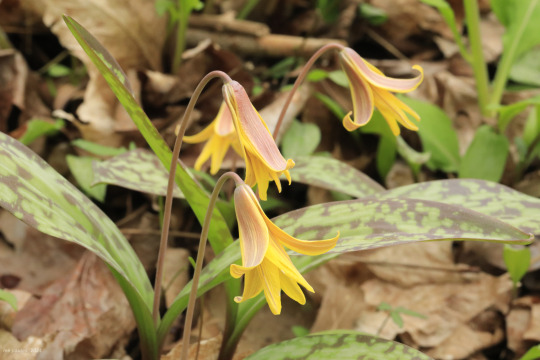



An Easter bouquet of some of Central Appalachia's finest spring wildflowers, courtesy of Core Arboretum at West Virginia University.
From top: cutleaf toothwort (Cardamine concatenata); Virginia spring beauty (Claytonia virginica); Carolina spring beauty (Claytonia caroliniana); sessile trillium (Trillium sessile); twinleaf (Jeffersonia diphylla); immature golden ragwort (Packera aurea); dwarf larkspur (Delphinium tricorne); Virginia bluebells (Mertensia virginica), including a rare white-flowered variation; woodland phlox (Phlox divaricata), also known as wild blue phlox; harbinger of spring (Erigenia bulbosa), also known as pepper and salt; Dutchman's breeches (Dicentra cucullaria); downy yellow violet (Viola pubescens); yellow trout lily (Erythronium americanum), also known as dog-tooth violet; and celandine poppy (Stylophorum diphyllum), also known as wood poppy.
#appalachia#vandalia#west virginia#spring#wildflowers#flora#core arboretum#west virginia university#morgantown
81 notes
·
View notes
Text

Morning sun filters through the overcast above Morgantown. Taken from my cell phone.
49 notes
·
View notes
Text

Well after surviving incessant deer raids and a few frigid nights this past winter, lo and behold, my sharp-lobed hepaticas (Hepatica acutiloba) are having a moment. Hepatica is one of the earliest-blooming wildflowers in Central Appalachia, but it's by no means an ephemeral. The plant's leathery, three-lobed leaves persist all year, even through the toughest winters. Hepaticas are an absolute must-have for a shady spot in a native wildflower garden, especially when planted around rocks and along edges - just too gorgeous for words.
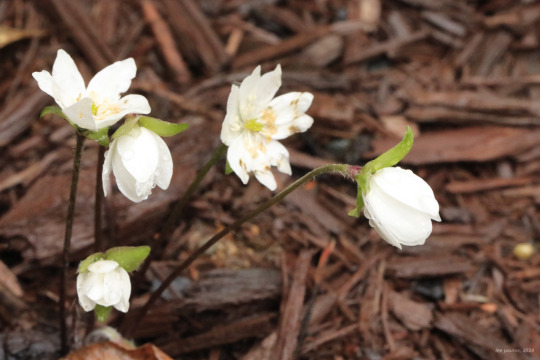
Incidentally, I buy my live native plants from Rare Roots, a small, women-owned business within reasonable shipping distance of Morgantown. The plants are always immaculately packed and in good shape when they arrive. So far, so good - the plants I bought last year have survived the winter and are putting out new shoots. And I've ordered more for the spring, including Meehan's Mint and lyreleaf sage, two positively stunning native mints I'm eager to establish in my garden beds.
#appalachia#vandalia#west virginia#native plants#native wildflower garden#verge of spring#hepatica#sharp-lobed hepatica#native wildflower nursery
75 notes
·
View notes
Text



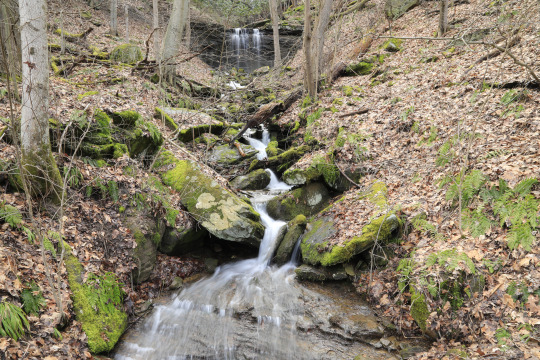


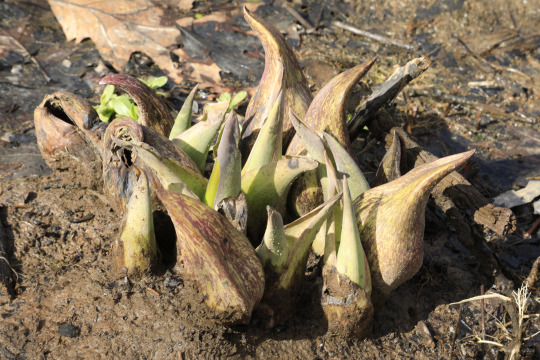


Early March on the Mon River Trail.
Sunday was a gorgeous day for a bike ride, balmy and softly lit by the late Winter sun. The smooth alder (Alnus serrulata) is in bloom along the river - the catkins are incredibly beautiful to me. More whimsical are the pointy-capped flowers of the eastern skunk cabbage (Symplocarpus foetidus), which emerge from the muddy margins of local swamps in mid-February. At mile marker 17 (last photo from the bottom), I spotted my first bald eagle of the season - a mature, solitary bird who got away before I could get my camera positioned. I'll try again next weekend.
#appalachia#vandalia#west virginia#mon river trail#monongahela river#morgantown#bike trail#bike ride#smooth alder#hazel alder#eastern skunk cabbage#march#verge of spring
45 notes
·
View notes
Text
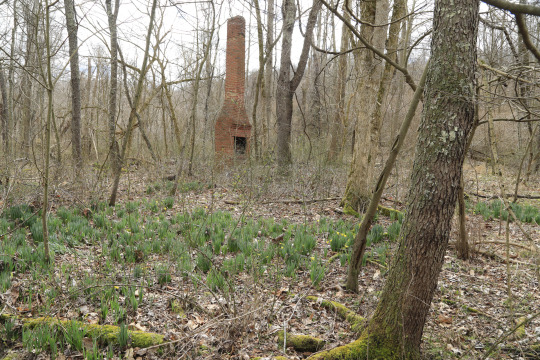

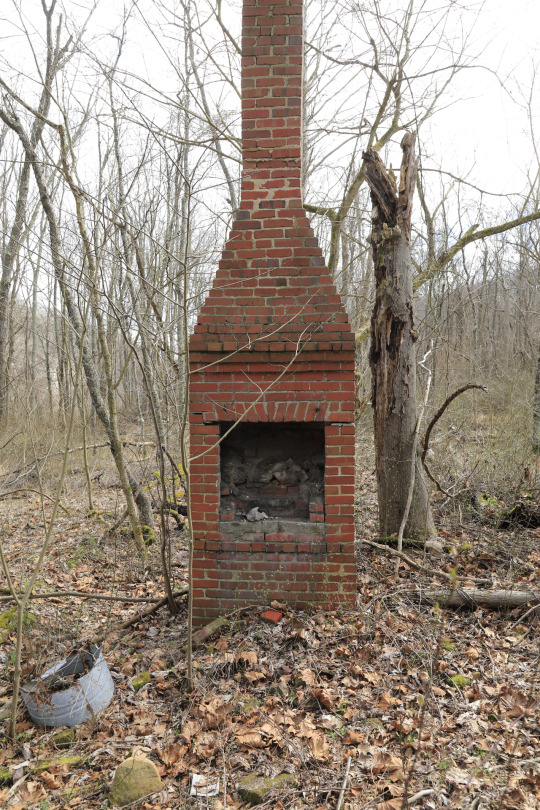

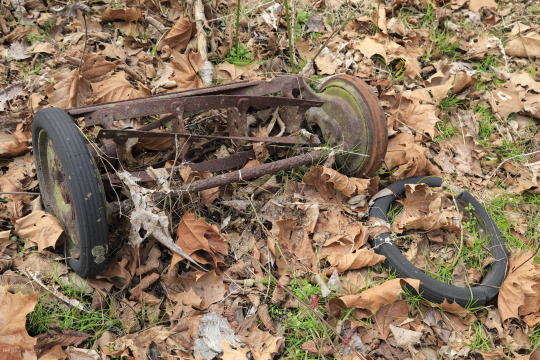

Even as forces natural or otherwise consume every last trace of our ancestors' time on earth, and we barely notice, the daffodils remember, relentlessly and passionately, and commemorate in massed reflection the ground where human claims fell to dust and ashes.
A derelict homestead on the Mon River Trail, honored lately by daffodils and moss.
#vandalia#appalachia#west virginia#mon river trail#monongahela river#ancestors#ruins#homestead#abandoned places#daffodils#verge of spring
107 notes
·
View notes
Text
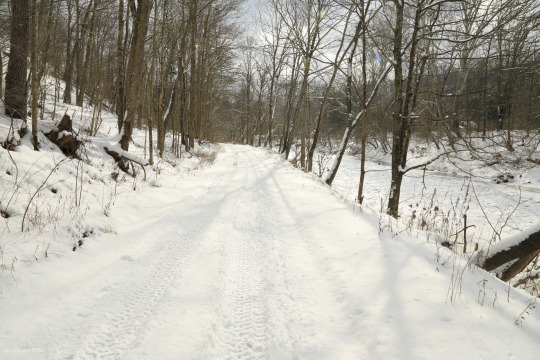
Light is a teasing spirit
conjured by the shallow sun
of a short winter's day,
in one instant pushing long shadows
across freshly fallen snow,
before it wavers and vanishes,
only to appear in the next instant
at a far place on the road,
a playful if elusive companion
at each step to journey's end.
#appalachia#vandalia#west virginia#winter#snow#light#january#dunkard creek#mason-dixon historical park#pennsylvania
45 notes
·
View notes
Text

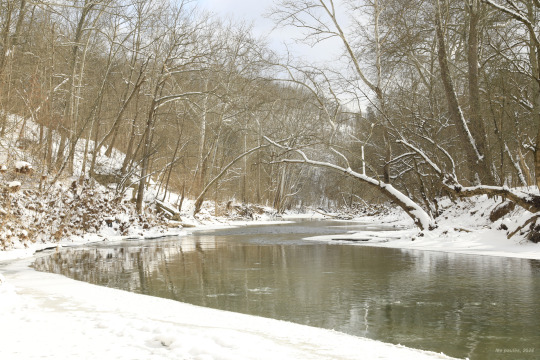
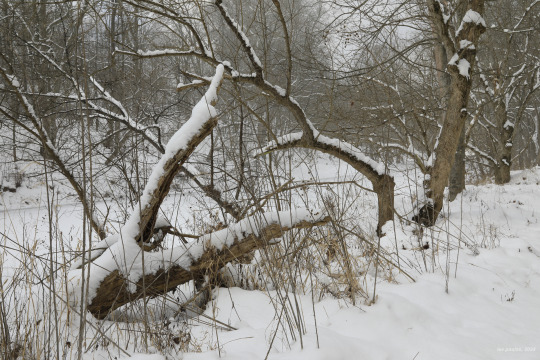
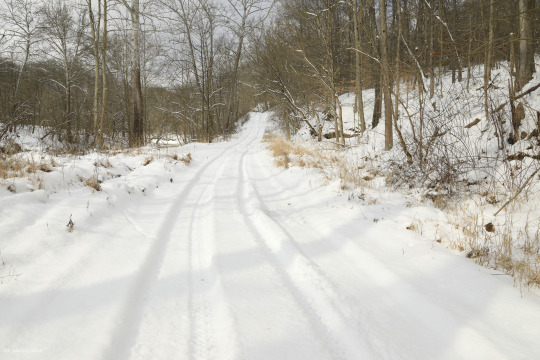

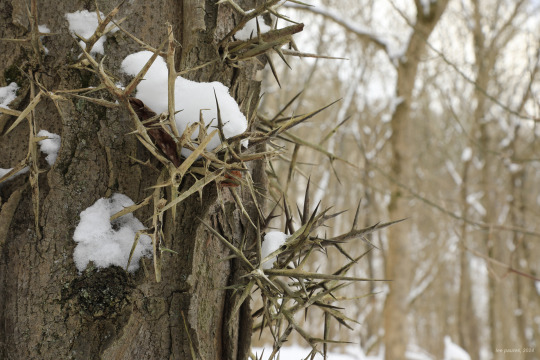



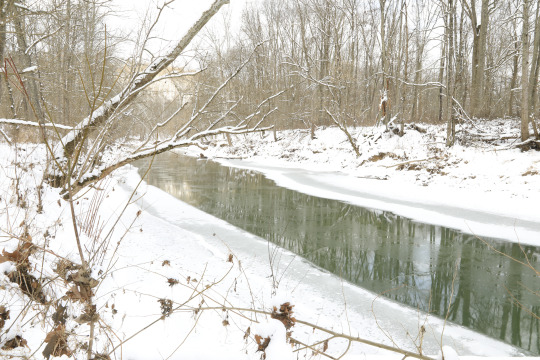

N-C West Virginia received its first real dose of winter this past week. The temperature barely rose above 15 degrees Fahrenheit today, and with a strong westerly breeze, it felt much colder than that. But the aftermath of a winter storm is one of the most gorgeous events imaginable and worth a couple frozen body parts.
Photos taken at Mason-Dixon Historical Park and along the ever-beautiful Dunkard Creek.
#appalachia#vandalia#west virginia#winter#january#ice#snow#mason-dixon historical park#dunkard creek#pennsylvania
221 notes
·
View notes
Text

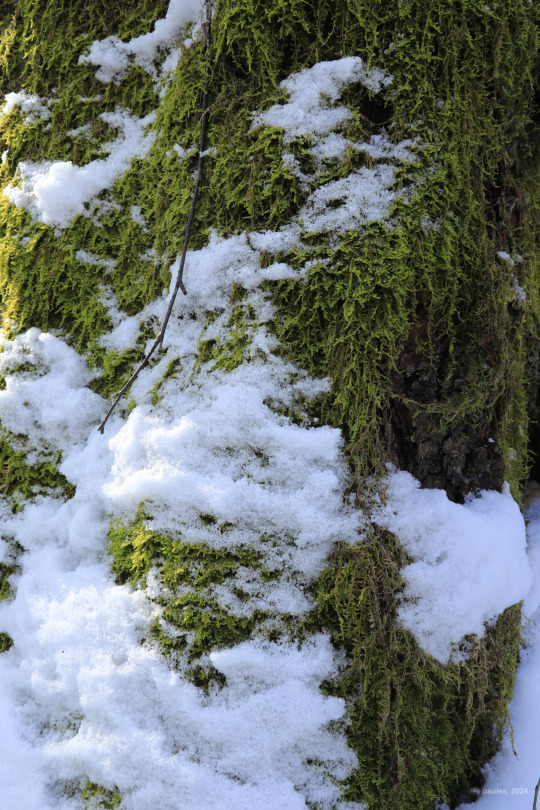


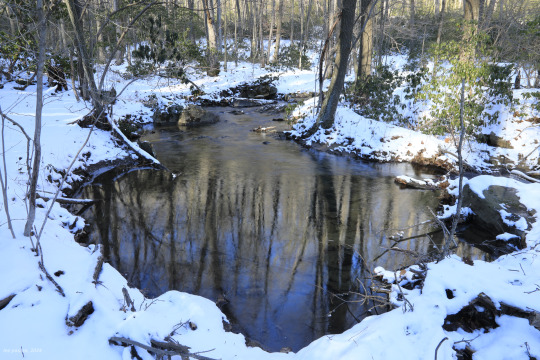
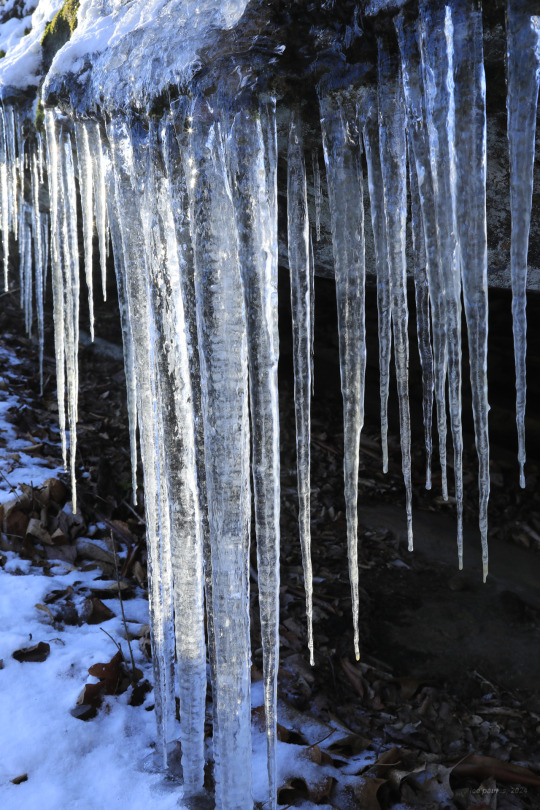
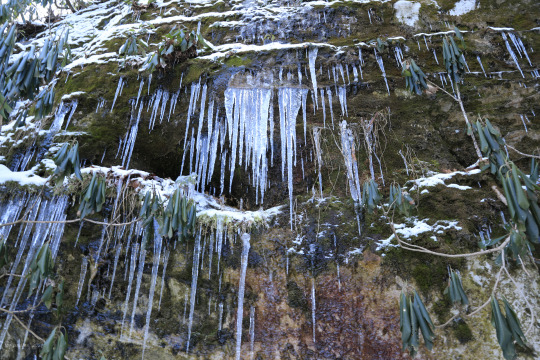
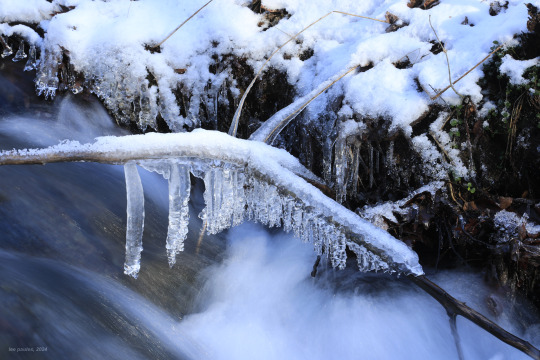
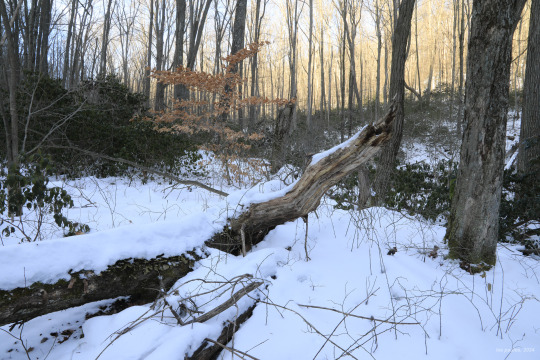
"Where, twisted round the barren oak,
The summer vine in beauty clung,
And summer winds the stillness broke,
The crystal icicle is hung."
Winter in the Woods, by Henry Wadsworth Longfellow.
Earlier today along Scott Run Trail in Coopers Rock State Forest.
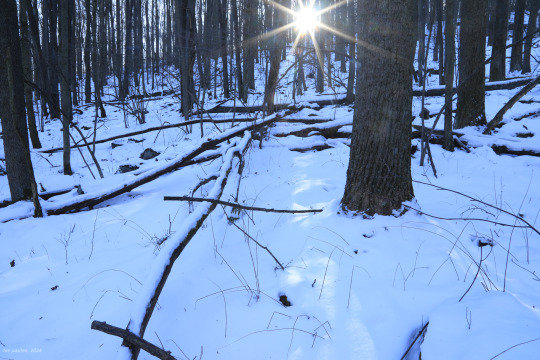
#appalachia#vandalia#west virginia#coopers rock state forest#winter#january#snow#ice#water#reflection#so much beauty in our world#in every season
309 notes
·
View notes
Text
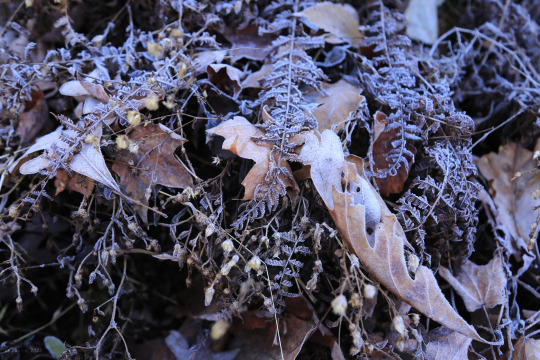

Studies in frost.
46 notes
·
View notes
Text



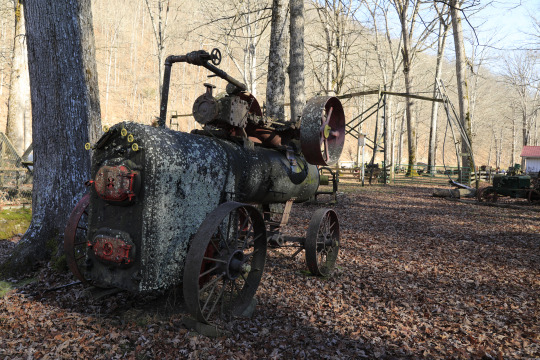




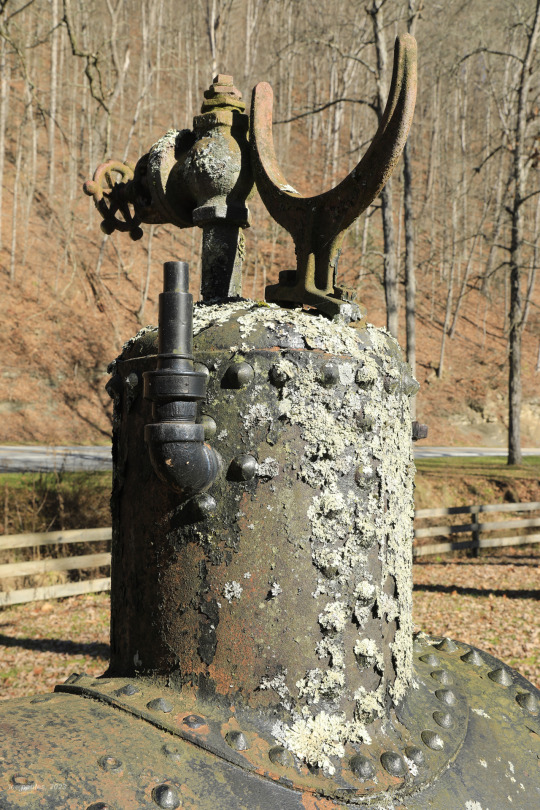

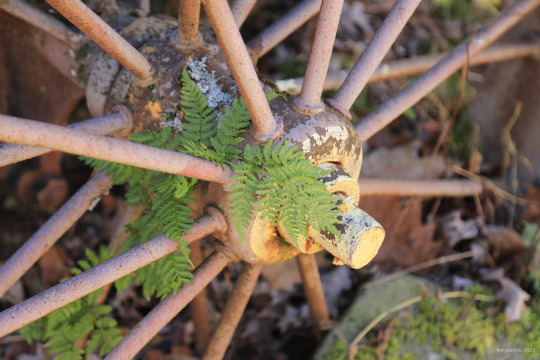




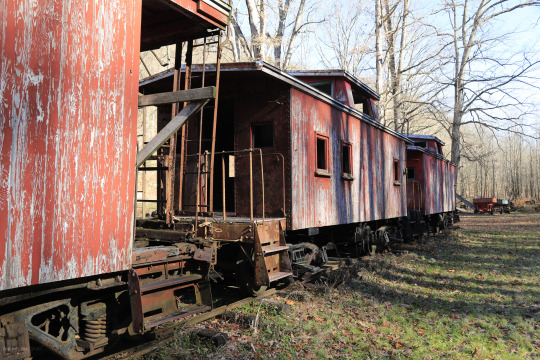



Apologize in advance for this very long post, but my seasonal affective disorder was out of control on Saturday and the only effective cure (I know of) is an impromptu road trip. In this case, the road trip went straight down memory lane to a place full of boyhood memories and joy for me - Cool Springs Park. An epic amalgam of outdoor mechanical contraption museum, domestic animal park, and touristy dive restaurant cum gift shop featuring foot-long hotdogs and Native American moccasins, Cool Springs was a mandatory pit stop during my family's regular trips to the mountains. I must admit the puffed-up Turkey tom lifted my spirits; he seemed particularly proud that he made it through Thanksgiving with his neck intact. And I walked away with my usual stash of holiday goodies, including local honey, jam, and butters.
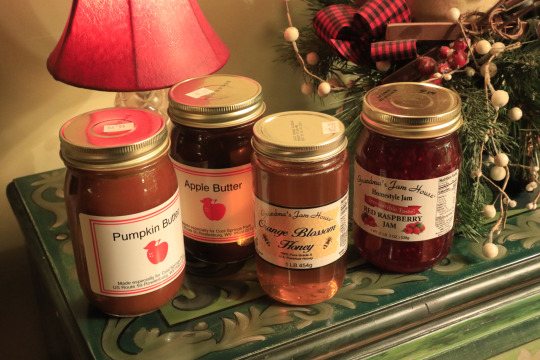
#appalachia#vandalia#west virginia#fall#cool springs park#preston county#laurel mountain#destination#us route 50#rowlesburg#memories#roadtrip#americana
76 notes
·
View notes
Text


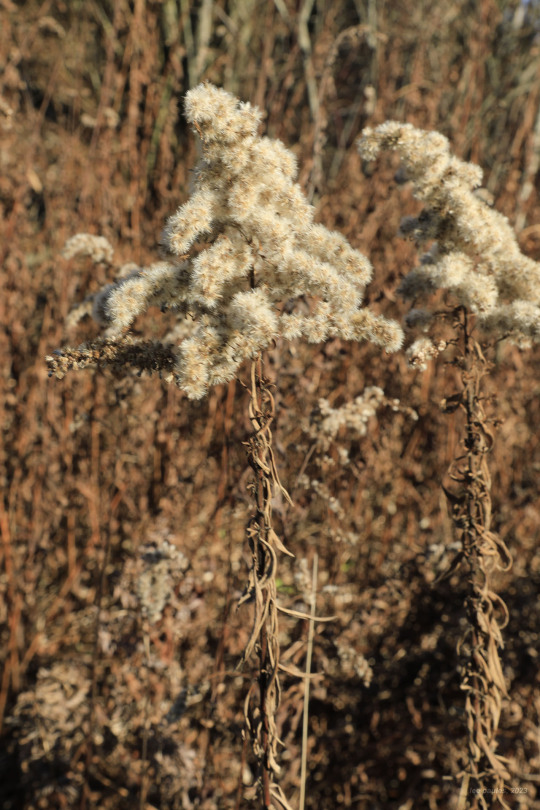
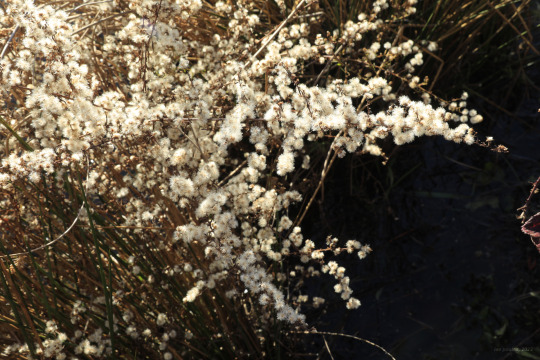

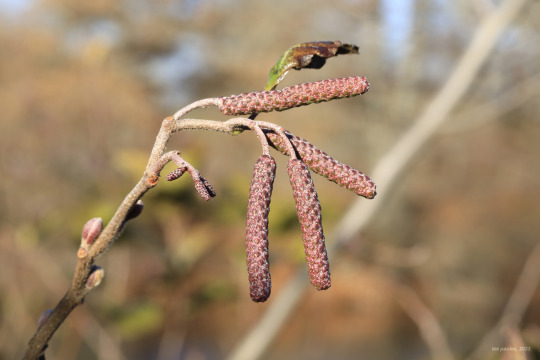

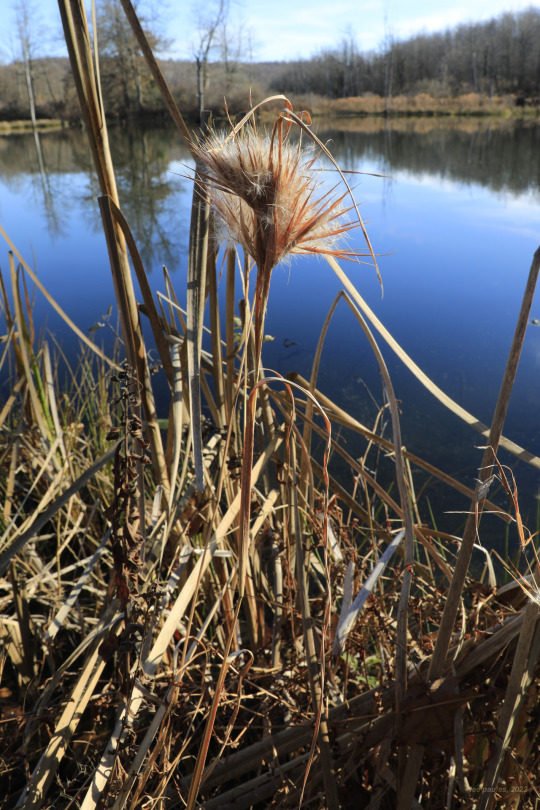
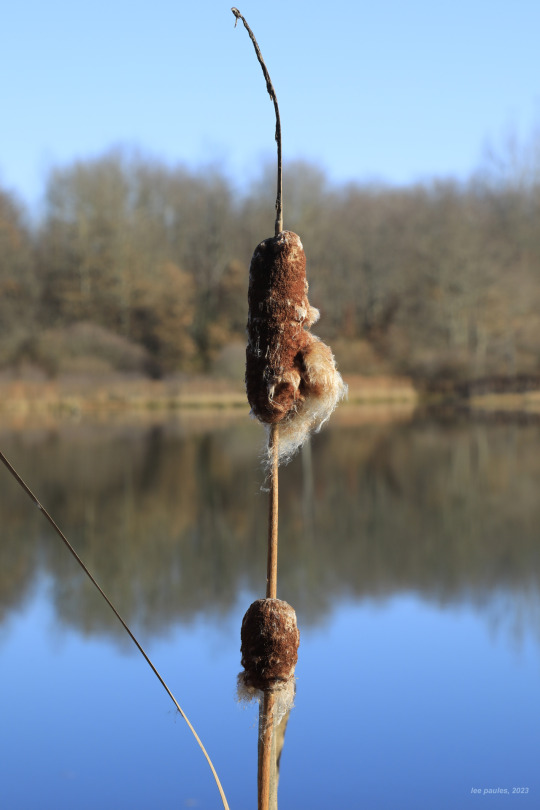

November at Fairfax Pond-Rehe Wildlife Management Area in Preston County. The sunlight is soft and lustrous in late fall; it infuses its radiant energy into everything, be it cold earth, withered stems or crumpled leaves. I find no desolation or bleakness in November's minimalist canvas, just nature catching her breath before the extended light of spring brings the next wave of renewal.
#appalachia#vandalia#west virginia#fall#fairfax pond-rehe wildlife management area#preston county#fall light#reflection#sky#earth#water
89 notes
·
View notes
Text

"There is no end. There is no beginning. There is only the passion of life."
Federico Fellini
65 notes
·
View notes
Text
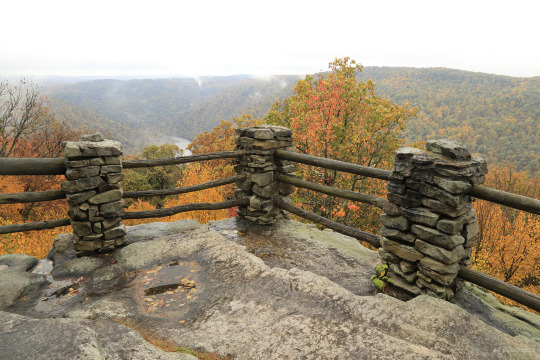
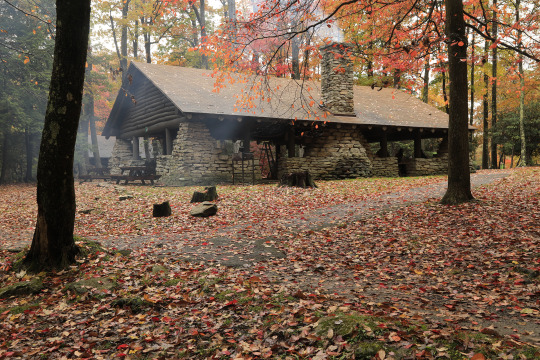





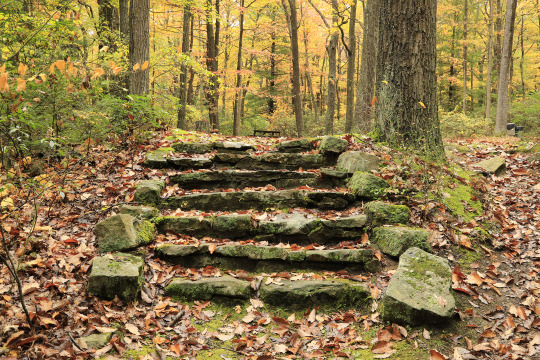
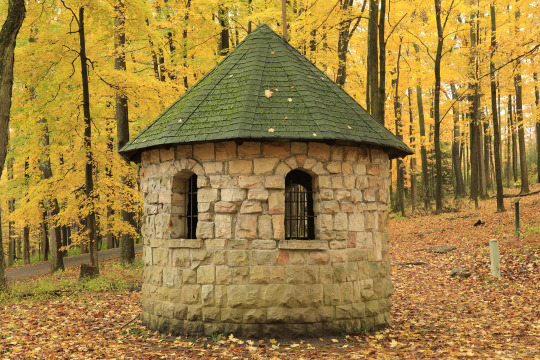
The Civilian Conservation Corps (CCC) was established as part of the New Deal in 1933 to help lift the United States out of the Great Depression. Single men between the ages of 18 and 25 were eligible to join the Corps, which undertook a variety of programs to improve the nation's parks and forests, many of which were newly formed. Coopers Rock State Forest was one of the earliest benefactors of the program, with many of the Corps' signature log and stone structures still standing nearly a century later.
#appalachia#vandalia#west virginia#civilian conservation corps#new deal#coopers rock state forest#franklin delano roosevelt
96 notes
·
View notes